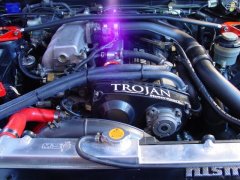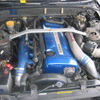What's Your Cars Voltage (r33)
Announcements
-
Similar Content
-
Latest Posts
-
Yeah agreed.....sunlight and heat would be the biggest risks.
-
By Murray_Calavera · Posted
My first thought is to get another dash surround and use that. Keep the signed one inside the house as memorabilia. -
Probably OK if you can do it yourself, our local Auto Elec couldn't get a kit for it so couldn't be bothered fixing....
-
I am very confident every insurer outsources their Assessing to people who get paid a bonus for the $$$ in reduction in claims they assess, so they are deliberately incentivised to screw customers
-






Recommended Posts
Create an account or sign in to comment
You need to be a member in order to leave a comment
Create an account
Sign up for a new account in our community. It's easy!
Register a new accountSign in
Already have an account? Sign in here.
Sign In Now